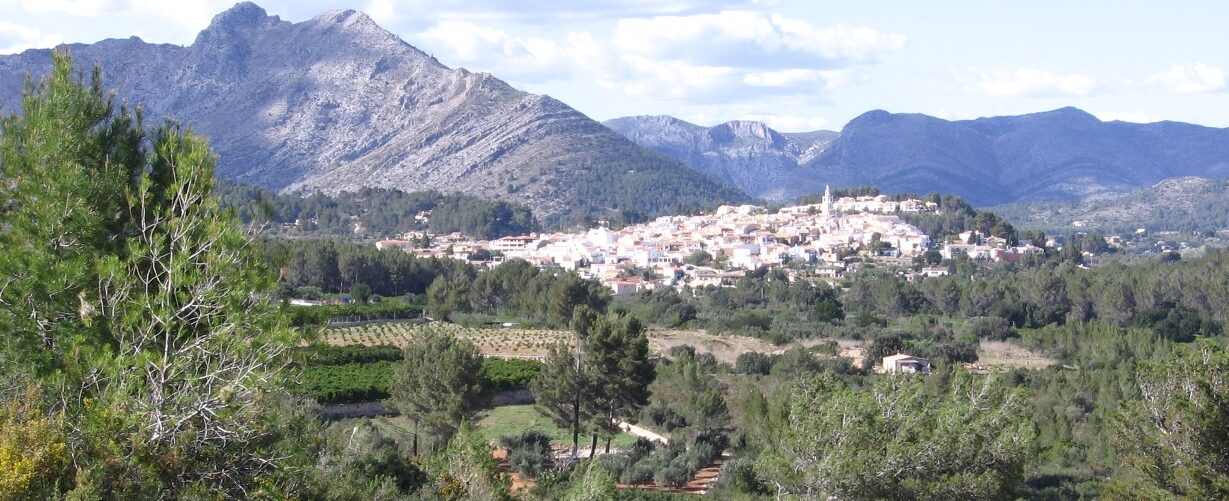The sequence was clear to us: rainwater becomes grey water, grey water becomes black water and we transform this into irrigation water.
Sounds simple if you look at the first two steps. Rainwater is used for washing dishes or taking a shower, is collected again and used as grey water in the toilet. At least double use of the water. Even we still have the so normal, water devouring toilet from the past, whose sewage goes into a small septic tank (we don’t have a sewer in a bigger distance!) and – is simply gone! That was a problem for us for a long time yet to be solved.
In the first approach we dealt with the technology and the construction of compost or dry toilets and the possibilities to reintroduce grey water into the irrigation system. Diluted and particularly with trees, grey water is good to use, especially if you pay attention to the detergents used. And dry toilets work well in areas where there is enough organic material (leaves, wood debris etc) to bind the nitrate and reduce the smell. In addition, the “leftovers” must be composted in the ground for at least another 6 months before they can be safely spread somewhere.
In our area we don’t have so much organic material that we could use it in a toilet, and furthermore (also because of the heat in summer) we lack the possibility to dig nice deep holes for the following composting. There are simply too many stones and too little soil.
In addition, we also realized that such a toilet must be further away from the house, which would cause some other inconveniences for us and our guests and helpers.
At some point we stumbled across a website where someone in Portugal presented THE solution to our problem. We baptized it “La Lumbricera” because it has to do with many earthworms, and in Latin and Spanish they are called “Lumbricus”.
Here is the short summary of the system, a detailed description you can see here or you can download it soon as PDF.
In the end it’s a well-organized compost heap in a 1000 liter tank. The lower part has the best drainage function, above that carefully layered different organic material with a lot of wood and on top fresh green “waste”. The whole thing is first well watered and then colonized by earthworms, which settle and multiply quite quickly. Later the sewage of the toilet is led into this tank from above – and the worms have a lot of work and a table that is always set. They also get the kitchen scraps, the ones the chickens don’t eat.
The liquid, now changed to “black water”, seeps through the “compost heap” and out of the tank at the bottom. This keeps the inside of the tank nice and humid; about 60 – 80% humidity is an optimal environment for earthworms. The excess water is directed into another tank, which is buried further down. This water contains only about 10% nitrate; we dilute it 1:1 with rainwater and water our trees or other permanent crops afterwards. Due to the microbial conversion in the Lumbricera and the exclusive use on trees in the root area, there is no danger of later own infection.
With this invention we now can really use (almost) every drop of water three times and close the cycle again. Furthermore we can keep the usual standard of a normal toilet and have no problems with odour nuisance. By the way, the Lumbricera is only about 5 meters away from the house and you don’t notice it.
The small septic tank (not used anymore) has often attracted attention with its smell.
La Lumbricera

